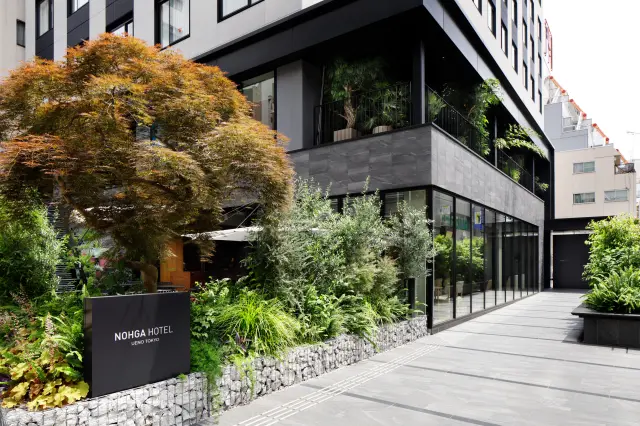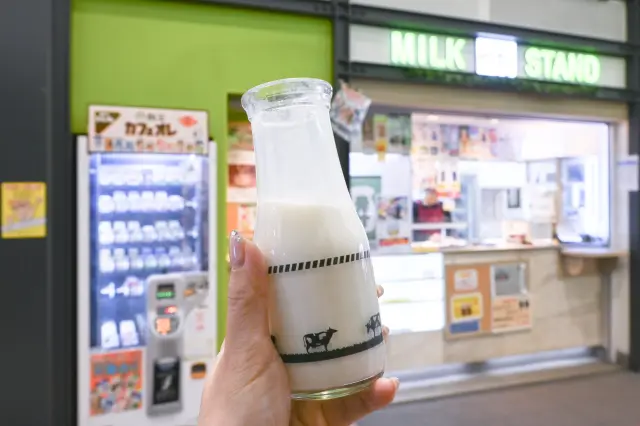Take a trip to the historic Kaneiji Temple. In recent years, it’s become a popular spot thanks to the NHK Taiga drama 'Atsuhime,' which brought in lots of visitors.

Verified [Verified] denotes information that has been published with confirmation of its owing parties.
Kaneiji Temple
The family temple of the Tokugawa family where successive shoguns rest.
This temple was founded in 1625 and is the head temple of the Kanto region of the Tendai sect of Buddhism. It was built by the high priest Tenkai, who was deeply revered by three shoguns, Tokugawa Ieyasu, Hidetada, and Iemitsu, to pray for the safety of the Tokugawa shogunate and the well-being of the common people. It is a prayer hall and family temple of the Tokugawa shoguns, and six of the fifteen Tokugawa shoguns are still buried there today.
At the time, the temple boasted an area that covered more than the entire area of today's Ueno Park, and developed into one of the largest temples in Edo, but later lost many buildings due to warfare at the end of the Edo period and shrank to its current size.
There are many highlights in the temple grounds, including the Konponchu-do Hall, the main hall of the temple, which enshrines a statue of the hidden Buddha, Yakushi Ruriko-norai; the Great Buddha of Ueno, of which only the face remains due to the metal shortage during World War II; and the temple bell, which was cast in 1787 and still tells the time three times a day. The "Aoi no Ma", where Yoshinobu Tokugawa, the last shogun of the Tokugawa family, resided, and the "Rekishi Shogun Goryo Mausoleum," an important cultural property, where six successive Tokugawa shoguns rest in peace, are open to visitors only during special openings.
Highlights
-
The temple is still revered today as a family temple of the Tokugawa family.
-
There are many attractions such as Konponchu-do Hall and the Great Buddha of Ueno.
-
The Aoi no Ma, where the 15th Tokugawa Shogun, Yoshinobu, resided in his estate, is open to the public only on special occasions.
Photos
-

Konponchu-do, the main hall of the temple, where the hidden Buddha is enshrined.
-

Kaisando-Hall dedicated to Jigen Daishi and Tenkai
Official FAQs
Frequently Asked Questions have been vetted and answered directly by each listing.
Q
Do you have pamphlets in other languages? (If possible, please also let us know the language you speak)
English and Chinese pamphlets available.
Q
Do you have temple’s red ink stamps?
Yes.
Q
Is parking available?
No.
Q
Are coin lockers available?
Not available.
Q
Can I visit the mausoleum of successive Tokugawa shoguns?
The interior is not open to the public. You will be able to visit up to the front of the Imperial inscription gate.
Q
How many types of seal stamps are available?
There are seven types: Konponchu-do Hall, Kaisando, Ryodaishi, Kiyomizu Kannon-do Temple, The Ueno Great Buddha, Pagoda, and Shinobazunoike Benten-do Temple.
Reviews
Some reviews are AI-translated.
-
-
There are three wooden Yakushi Buddha statues inside the temple, and they’ve even been designated as important cultural properties by the Japanese government. The atmosphere inside feels really solemn.
Details
- Name in Japanese
- 寛永寺
- Postal Code
- 110-0002
- Address
- 1-14-11 Uenosakuragi, Taito-ku, Tokyo
- Telephone
- 03-3821-4440
- Closed
- Open every day
- Business Hours
- Free in the precincts, 9:00am - 5:00pm in Konponchu-do Hall
- Admission
- Free
- Directions
- Approximately 6 minutes walk from South Exit of JR Uguisudani Station
- Credit Cards
- Not accepted
- Official Website
- Official Website (English)
Check also...
Please cooperate with this survey.
Thank you for your cooperation with the survey.
Recommended for you
-
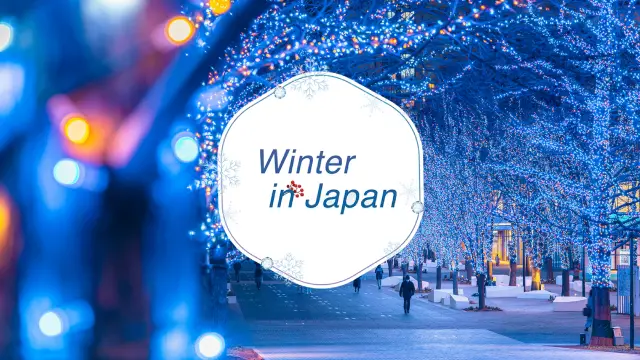
Winter in Japan 2025
-
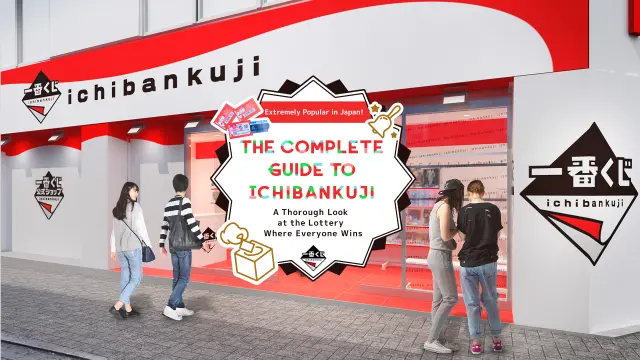
The Complete Guide to Ichibankuji
-

Top Recs for Niche Travel in Japan
-

Mt.TAKAO+one
-
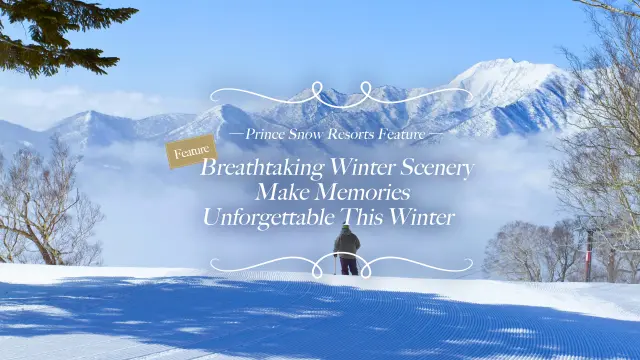
Prince Snow Resorts Feature
-
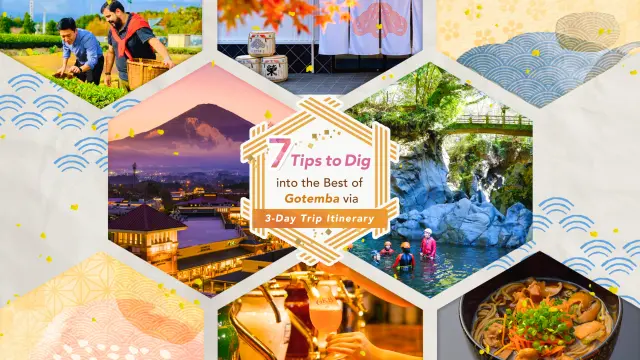
7 Tips to Dig into the Best of Gotemba
-

Unique Experience in Kansai
-

The Best of NIPPON47
-

Kansai’s Hot Springs
-

A Guided of Bridge Connecting Honshu and Shikoku
-

Kagoshima Responsible Tourism
-
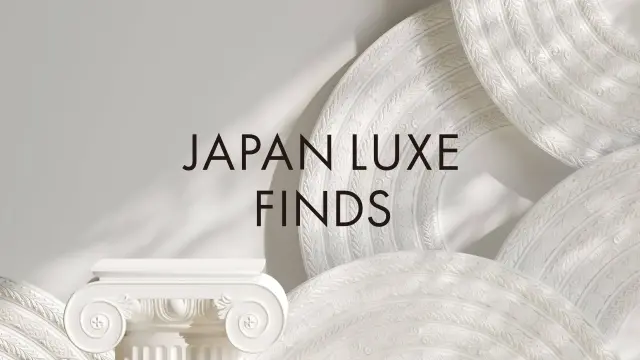
Exceptional Japan Finds









